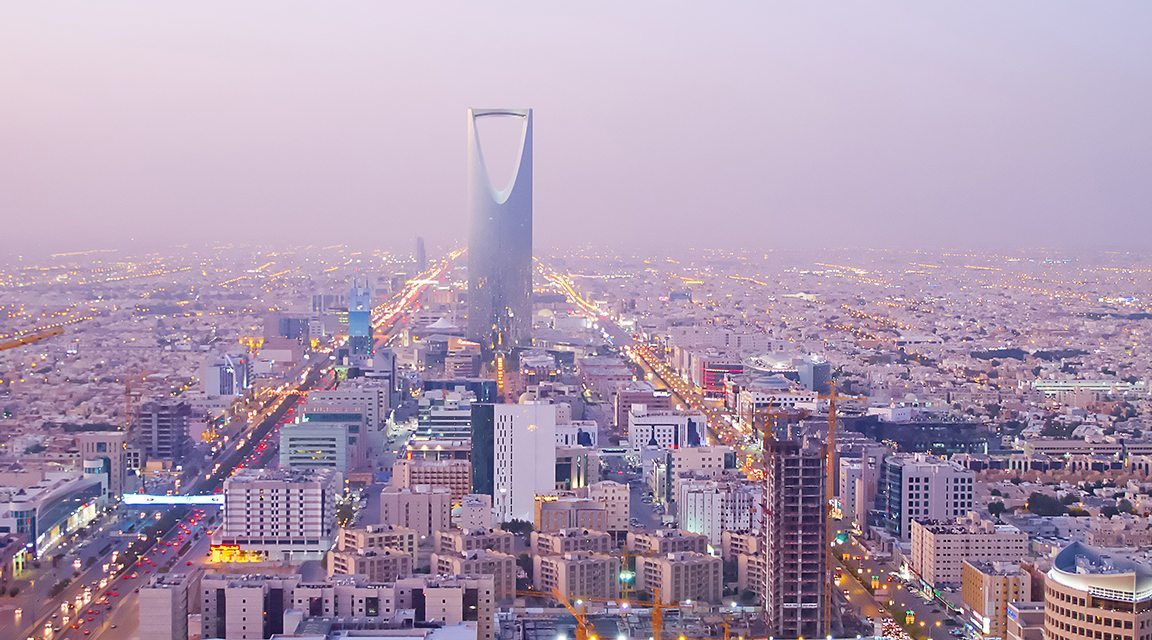

IMF expects oil-exporting countries to face further headwinds this year
The Middle Eastern economies lost $390bn in oil export revenues last year on the back of the oil price slide from a mid-2014 peak of more than $110 a barrel, according to the Washington-based IMF.
The losses on oil exports in 2015 account for 17.5 per cent of the aggregate GDP of the Middle East, North Africa, Afghanistan and Pakistan (Menap) region.
If the oil price remains low, the fiscal deficits of Algeria and the six member GCC economic bloc, which accounts for about a third of the worlds proven oil reserves, will total almost $900bn between 2016 and 2021, the IMF said in the update of its Regional Economic Outlook.
The outlook for lower oil prices implies weak oil revenues for years to come, dramatically reducing the capacity of the governments to spend, the report said.
Saudi vision
The IMF has released the report just hours before Saudi Arabia is due to announce its Vision for the Kingdom 2030, a plan detailing the sweeping economic reforms and changes in the social agenda of the biggest Middle Eastern economy for the next 15 years.
Given whats been told not only about the vision but also the economic plan, its an ambitious and far-reaching thing, Masood Ahmed, the IMFs director for Middle East and Central Asia department, told a press conference in Dubai. The real challenge, however, will be the implementation of these plans and vision, he added.
Saudi Arabia, the top Opec oil producer and the worlds biggest oil exporter, is not the only GCC state that is outlining sweeping reforms to prepare for low oil price era. Many of the other countries are also developing their own short-term visions, Ahmed pointed out.
Saudi Arabia plans to radically transform the economy to cut its dependence on the sale of hydrocarbons for revenues. The kingdom, which expects a SR326bn ($87bn) budget deficit in 2016, is running an austerity campaign and is looking for alternative revenue streams to close the budgetary gap.
Riyadh is also mulling plans to monetise some of its assets and has identified about 146 companies, including the oil giant Saudi Aramco, in which it plans to sell stakes to public or strategic private investors. It has been borrowing through the sale of local currency bonds and is close to obtaining a $10bn loan from a group of international lenders.
Finding funds
The kingdom will prepare for a bond sale and start a two- or three-year programme once it concludes the loan deal, Minister of State Mohammed bin Abdulmalik al-Sheikh said last month.
The UAE, the second-biggest economy in the GCC is currently holding investor meetings to tap the international debt market. The country withdrew funds from banks to plug the budget deficit last year, which has strained liquidity in the local banking system.
Oman and Kuwait, along with Saudi Arabia and the UAE, are also running austerity campaigns to reduce spending. Most GCC nations have cut water, electricity and fuel subsidies, which were eating up billions of dollar every year. The decisions to slash subsidies are considered sensitive and have drawn public criticism.
However the IMFs Ahmed says some of the GCC states including Oman, Bahrain and Saudi Arabia have shorter cash buffers and need to continue the reforms to support their economies longer in order to achieve the desired diversification away from the sale of hydrocarbons as their main sources of revenue.
They have extended the buffers [with current reforms], but they have to continue doing it, he said.
Within the region, the IMF expects the Gulf states GDPs to grow by an average of 2.4 per cent this year. Dubai, however, is a bright spot, whose economy is expected to grow at 3.7 per cent, according to IMF estimates.
You might also like...

Saudi Arabia's Roshn launches Aldanah Dhahran project
25 April 2024

Adnoc sees project spending uptick
25 April 2024

Partanna and Saudi firm tests carbon negative concrete
25 April 2024
A MEED Subscription...
Subscribe or upgrade your current MEED.com package to support your strategic planning with the MENA region’s best source of business information. Proceed to our online shop below to find out more about the features in each package.






